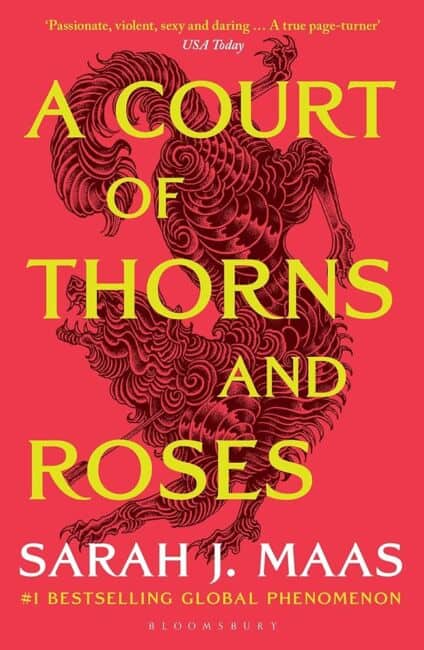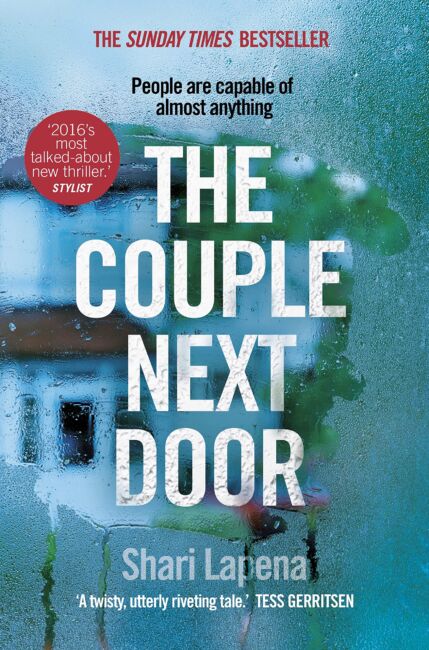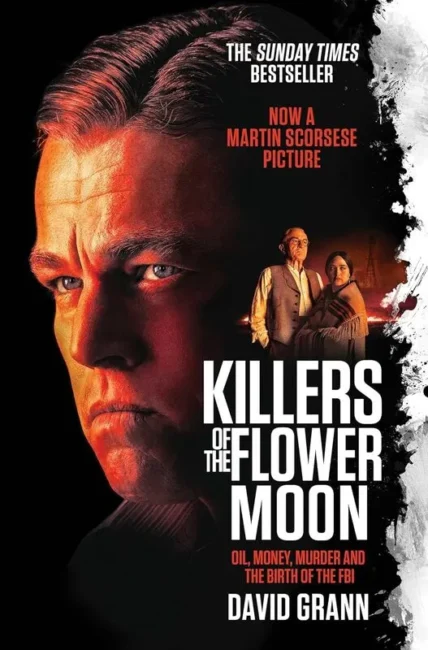Biography & Autobiography: What’s The Difference?

Since the beginning of time, people have loved telling stories. Most favourably? Stories about themselves. You may well remember learning about genre and book type in your English lessons at school, but, for many of us, this knowledge fades out with algebra and times tables as we grow older.
Despite differences between types and genres being one of the first things we are taught about books, many readers still get confused between categories like fiction and non-fiction — and, especially, biography and autobiography.
If you’re still stumped by the subtle variations between these two classification types, we’ve got you covered. Read on for a comprehensive guide to biography, autobiography, and the differences between them.
What is biography?
If you’ve ever used social media, you’ll likely have had to set up a profile at some point. Many platforms prompt their users to fill out a “bio” when setting up an account, giving core information about themselves, their core interests, or personal lives. This is usually short but can include quotes, dates, relationship statuses, and even important achievements.
If you haven’t guessed yet, “bio” is short for “biography”. Applying this to a literary context, then, a biography is a non-ficton (factual) piece of writing about a person. Like when setting up a social media account, a biography can contain everything from accounts of childhood, to birthplace, education, and work. However, unlike an Instagram or Twitter ‘bio’, a biography about someone doesn’t have to be written by the person it’s about.
Unlike autobiography, in a biography the author is not the subject of the work. A biography is a work of literature written by someone about someone else — famous or family, living or someone who lived years ago.
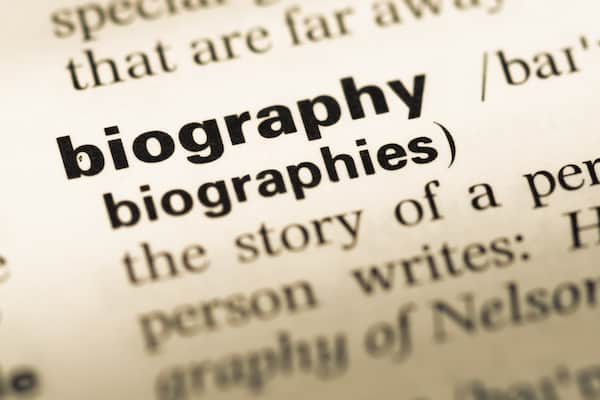
Key features of biographies
Since biographies are written by an author about someone else, they are usually highly factual, using sources and information from any one of the following:
- Diaries
- Letters
- Family or friend testimonials
- Essays
- Photographs
- Newspaper clippings
- Documentaries
- Memoirs
- Interviews (if the person is living).
Biographies also usually follow a chronological order, taking readers on a journey from the start of the subject’s life until either the end or the point at which the biography is being written. As such, it is common for the chapters in biography books to relate to two time periods.
Biographies you may know
A few famous examples of biographies you may well have encountered:
- Alan Turing: The Enigma, Andrew Hodges (1983)
- Churchill: A Life, Martin Gilbert (1991)
- E=mc²: A Biography of the World’s Most Famous Equation, David Bodanis (2000)
- Steve Jobs, Walter Isaacson (2011)
- Alexander Hamilton, Ron Chernow (2004)
- The Immortal Life of Henrietta Lacks, Rebecca Skloot (2010)
- Mad Girl’s Love Song: Sylvia Plath and Life Before Ted, Andrew Wilson (2013)
To learn more about biography as a genre, explore the different subgenres of biography, and read our reviews for this genre, head over to our main Biography page.
What is an autobiography?
Different to biography – but only in authorship, really – autobiography refers to the genre in which individuals chronicle their own lives.
Unique in its first-person narrative perspective, rare in non-fiction aside from essays, autobiography is a great opportunity for individuals to offer wider insight into their personal lives, achievements, and thoughts. While anyone can write an autobiography, mostly they are written by celebrities or individuals who are well-renowned in a certain area to inform and entertain others.
When it comes to the amplification of marginalised voices, autobiography has been an influential genre, allowing individuals who otherwise may not have had the space to do so to write about their experiences at length. As a form of literature, the term ‘autobiography’ was first used in 1797 by William Taylor. If we break down the term, using latin derivatives, we can gain an even clearer understanding:
Auto (self) bio (life) graph (writing)
Core features of autobiographies
Aside from the chronological approach also seen in biography, due to the self-authored nature of autobiographies, the most common literary feature in them is the use of the first-person singular, “I”. Readers of autobiography will also encounter a lot of “me” and “my” too.
Another common feature is the use of time connectives such as “while”, “when”, “whilst”, “before”, “after”, and “during”. These are used to place readers at specific moments in the subject’s life.
You can expect to come across a great deal of sentimentality in autobiographical works, often with a nostalgic or melancholic tone — especially when discussing childhood. Why? Because, although the reading of an autobiography is a journey for the reader, it is also an exercise in self-reflection for the writer too, and this can be quite heavy.
Lastly, autobiographies – if not published posthumously (that is, after an individual has died) – often end with a look towards the future as the author anticipates where they will go next.
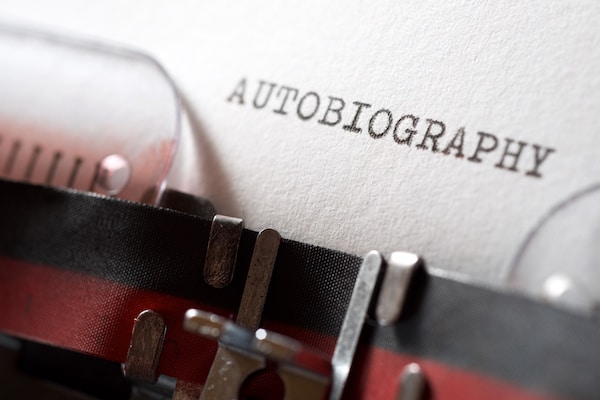
Autobiographies you may know
Some of the most famous autobiographies you may have come across – old and new – are as follows:
- Spare, Prince Harry, Duke of Sussex (2023)
- The Autobiography of Malcolm X, Malcolm X and Alex Haley (1965)
- I Am Malala: The Girl Who Stood Up for Education and Was Shot by the Taliban, Malala Yousafzai (2013)
- The Diary of a Young Girl, Anne Frank (1947)
- The Autobiography of Benjamin Franklin, Benjamin Franklin, (1791)
- I’m Glad My Mom Died, Jenette McCurdy (2022)
- The Illustrated Long Walk to Freedom, Nelson Mandela (1994)
- Narrative of the Life of Frederick Douglass, an American Slave, Frederick Douglass (1845)
The differences between biography & autobiography
Simply put, then, while biography is a factual account of someone’s life written by a separate author, autobiography is a telling of someone’s own life in their own words. Got that?
If you’re keen to keep learning about all things books, stay up to date with the Victoria Freudenheim blog and never miss a literary trick again. And, if you’re looking for your next read, check out our latest reviews page to get inspired.

